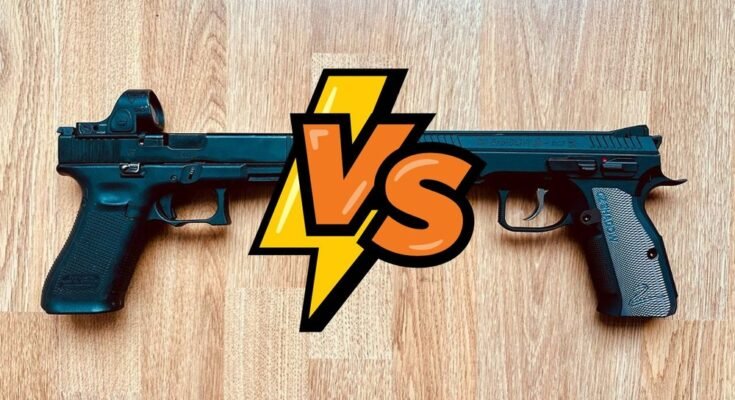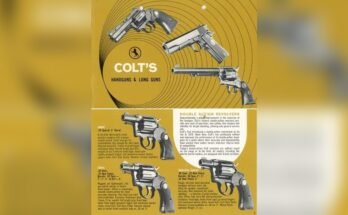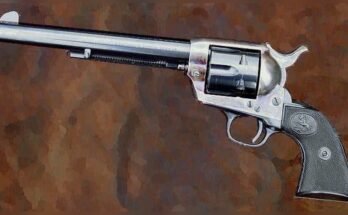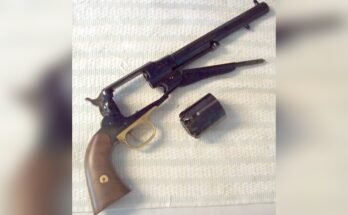If you’re thinking about using or buying a single-action revolver, it’s important to know more than just its strengths. What about the downsides?
Understanding the disadvantages can save you from unexpected problems and help you make smarter choices. You’ll discover the key drawbacks of single-action revolvers that most people don’t talk about. Keep reading to learn what you need to watch out for before you decide if this type of firearm is right for you.
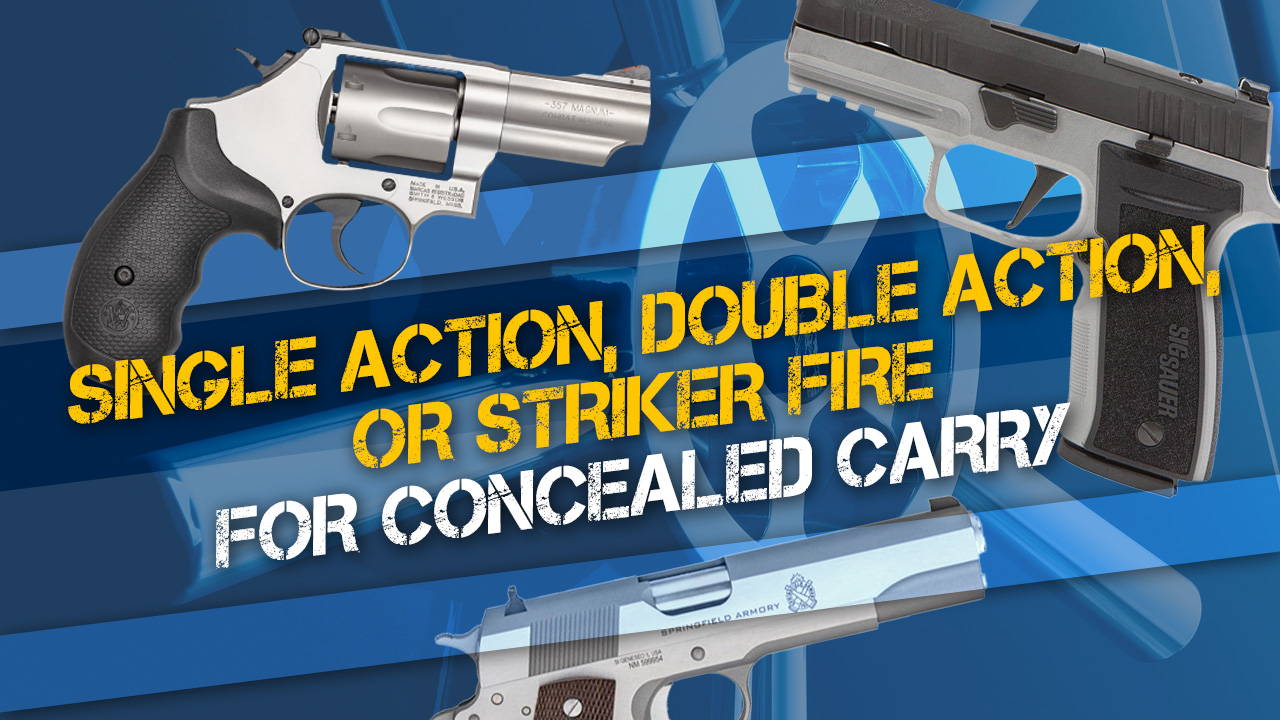
Limited Firing Speed
Single-action revolvers have a slower firing speed compared to other handguns. This is because they need extra steps before each shot. The delay can affect performance in fast shooting situations.
Manual Cocking Required
Before each shot, the shooter must pull back the hammer manually. This action prepares the gun to fire. It takes extra time and effort. This step slows down the shooting process.
Slower Follow-up Shots
After firing, the shooter repeats the cocking step for every new shot. This makes quick follow-up shots difficult. Rapid shooting becomes a challenge. The speed is limited by the manual action, not the shooter’s skill.
Reduced Ammunition Capacity
One major downside of single-action revolvers is their reduced ammunition capacity. These firearms typically hold fewer rounds than many modern handguns. This limitation affects how long you can shoot before needing to reload. It can be a critical factor in situations requiring sustained firing.
Fewer Rounds Compared To Semi-automatics
Single-action revolvers usually carry six rounds. Some models hold only five. Semi-automatic pistols often carry 10 to 15 rounds or more. This means fewer shots before reloading. Reloading a revolver takes more time than swapping a pistol magazine. The lower ammo count limits firepower during use.
Impact On Extended Use
Long shooting sessions demand more ammunition. With fewer rounds, you reload frequently. This interrupts your flow and focus. For defensive or competitive shooting, this can be a drawback. Carrying extra speed loaders helps but adds bulk. Reduced capacity affects overall efficiency in extended use.
Complex Reloading Process
Reloading a single-action revolver takes time and patience. Each cartridge must be loaded one by one, making the process slow and complex. This can be frustrating during fast-paced situations.
Individual Chamber Reloading
Single-action revolvers require loading each chamber one by one. This means you must open the cylinder and insert bullets individually. It takes more effort and attention than other guns. Each round needs careful placement to avoid misfires. This process slows down the shooter during use.
Time-consuming Compared To Magazines
Reloading a single-action revolver takes much longer than using magazines. Magazines hold several rounds and slide in quickly. In contrast, single-action revolvers need manual loading for every bullet. This delay can be critical in urgent situations. The slower reload impacts overall performance and speed.

Ergonomics And Handling Issues
Single-action revolvers often face challenges in ergonomics and handling. These challenges can affect shooting comfort and accuracy. Understanding these issues helps in making better choices for shooting needs.
Heavier Trigger Pull
The trigger pull on single-action revolvers is usually heavier than on other guns. This means more force is needed to fire the weapon. A heavy trigger pull can cause the shooter to lose control. It often leads to less accurate shots. For beginners, this can be frustrating and tiring.
Limited Grip Designs
Single-action revolvers often come with fewer grip options. The grips are typically small and simple. This limits comfort for shooters with larger hands. It also reduces the ability to customize for better control. Poor grip fit can cause slipping or poor aim. This issue makes handling the revolver harder for many users.
Practical Limitations In Modern Use
Single-action revolvers have a rich history and unique charm. Yet, they show clear limits in modern use. These guns often fall short compared to newer models in everyday practical situations. Understanding these limits helps users make better choices.
Less Suitable For Self-defense
Single-action revolvers require the hammer to be cocked before each shot. This slows down firing speed. In emergencies, every second counts. Modern double-action guns shoot faster without extra steps.
Reloading is also slower. Single-action revolvers use a slow, manual process to reload each chamber. This delay can be critical in self-defense situations. Quick reloads with speed loaders or magazines are impossible.
Challenges In Tactical Situations
Single-action revolvers lack some features needed for tactical use. They usually have lower ammunition capacity. Carrying fewer rounds limits sustained firepower.
These revolvers also have heavier triggers. This affects accuracy during fast shooting. Tactical scenarios often demand quick, precise shots. The design of single-action guns makes this harder.
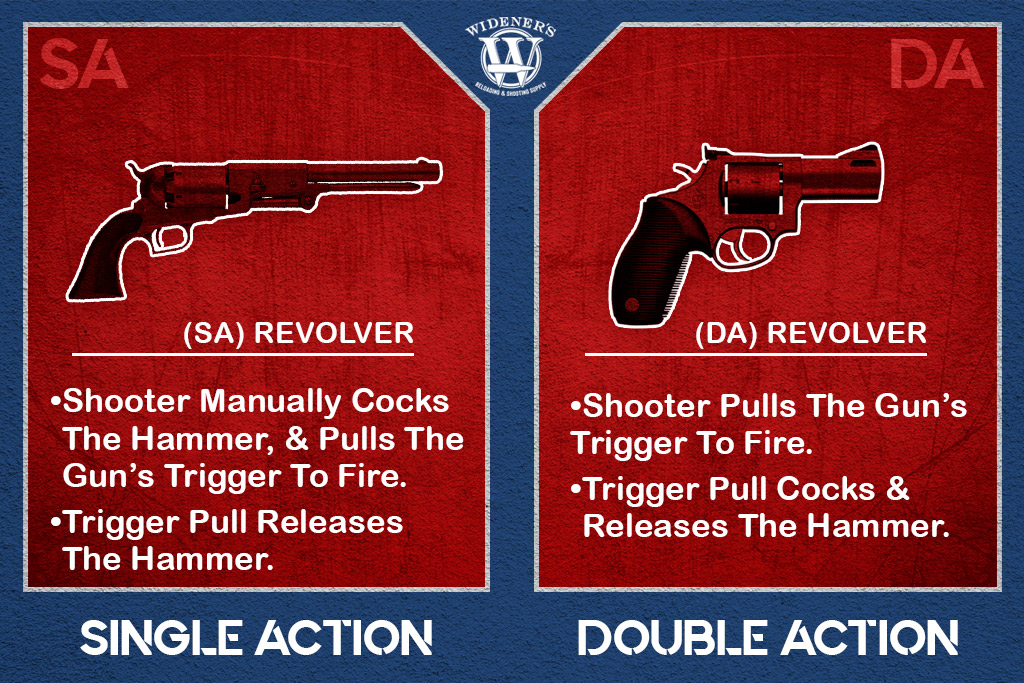
Maintenance And Durability Concerns
Single-action revolvers need regular care to stay reliable. Their design has parts that wear out with use. Dirt and dust can cause problems. These factors affect how long the gun lasts and how well it works.
Wear On Internal Mechanisms
The internal parts of a single-action revolver move every time you cock the hammer. This constant motion causes wear over time. Springs lose tension, and metal parts can become loose or damaged. Frequent use means more wear. Without proper care, the gun may not function smoothly or safely.
Sensitivity To Dirt And Debris
Single-action revolvers have tight spaces inside. Dirt and small debris can easily get trapped. This buildup may block moving parts or cause jams. Cleaning the gun after each use is important. Neglecting this can reduce accuracy and cause malfunctions during firing.
Frequently Asked Questions
What Are Common Drawbacks Of Single-action Revolvers?
Single-action revolvers require manual cocking before each shot, slowing firing speed. Their limited ammunition capacity and slower reload time reduce combat efficiency. These factors make them less practical for fast-paced or defensive shooting scenarios.
Why Is Reloading Slower In Single-action Revolvers?
Reloading a single-action revolver involves opening the cylinder and inserting bullets manually. This process is slower compared to modern semi-automatic pistols with detachable magazines. The slower reload can be a significant disadvantage in situations requiring rapid fire.
How Does Manual Cocking Affect Shooting Speed?
Manual cocking adds an extra step before each shot, decreasing firing rate. This makes single-action revolvers less suitable for quick-response situations. Shooters must be trained to maintain accuracy despite the slower operation.
Are Single-action Revolvers Less Reliable Than Modern Guns?
Single-action revolvers are mechanically simple and reliable but lack modern safety features. Their design is robust, but slower handling and reload times limit tactical use. They are best suited for specific uses like sport shooting or collectors.
Conclusion
Single-action revolvers have clear drawbacks worth noting. They require manual cocking before each shot. This slows down shooting speed and can frustrate beginners. Their limited ammunition capacity also means more frequent reloads. Safety concerns arise due to exposed hammers and simpler mechanisms.
Despite their classic appeal, these issues may affect performance in urgent situations. Knowing these disadvantages helps you choose the right firearm for your needs. Every gun has pros and cons. Weigh them carefully before making a decision.
